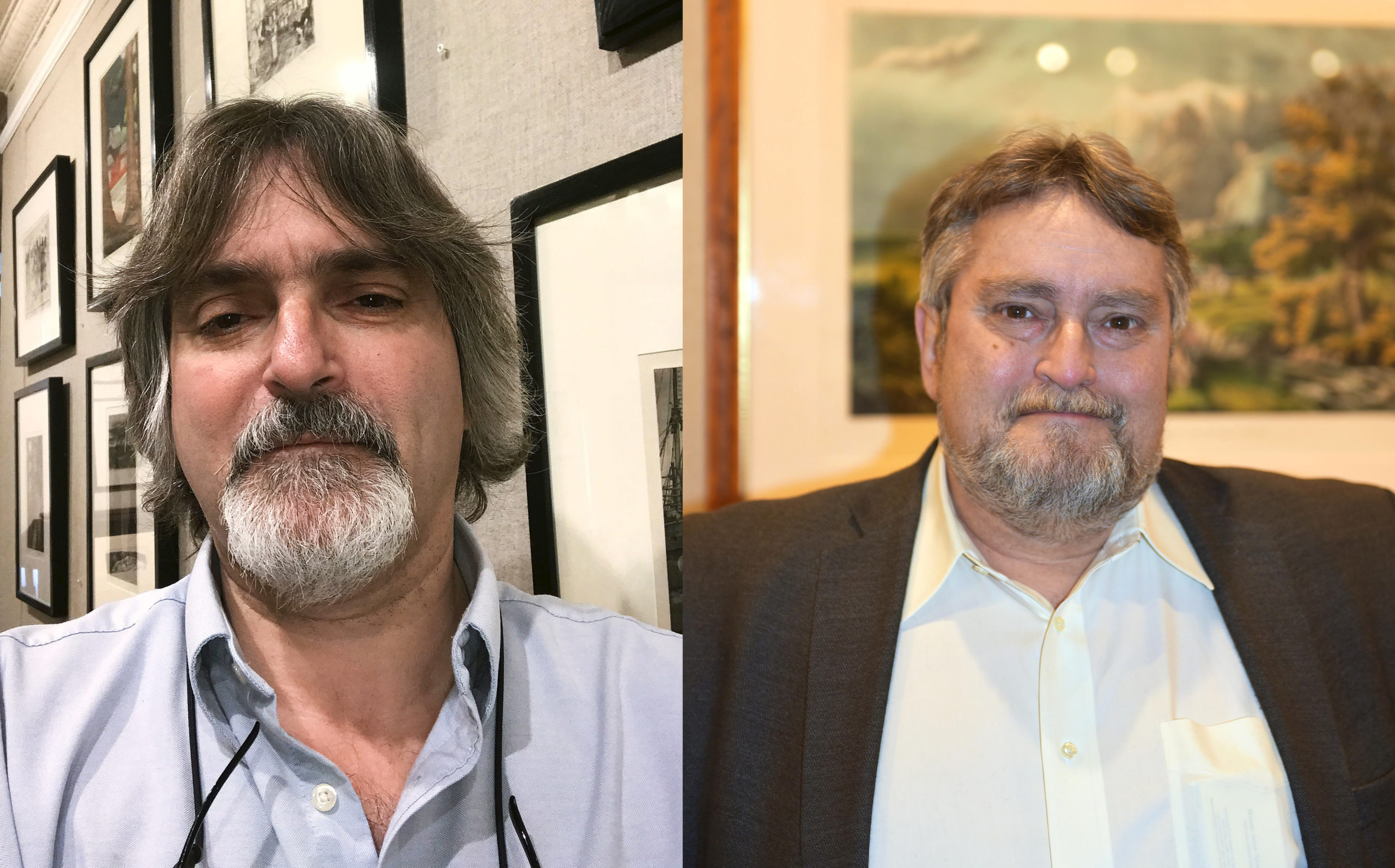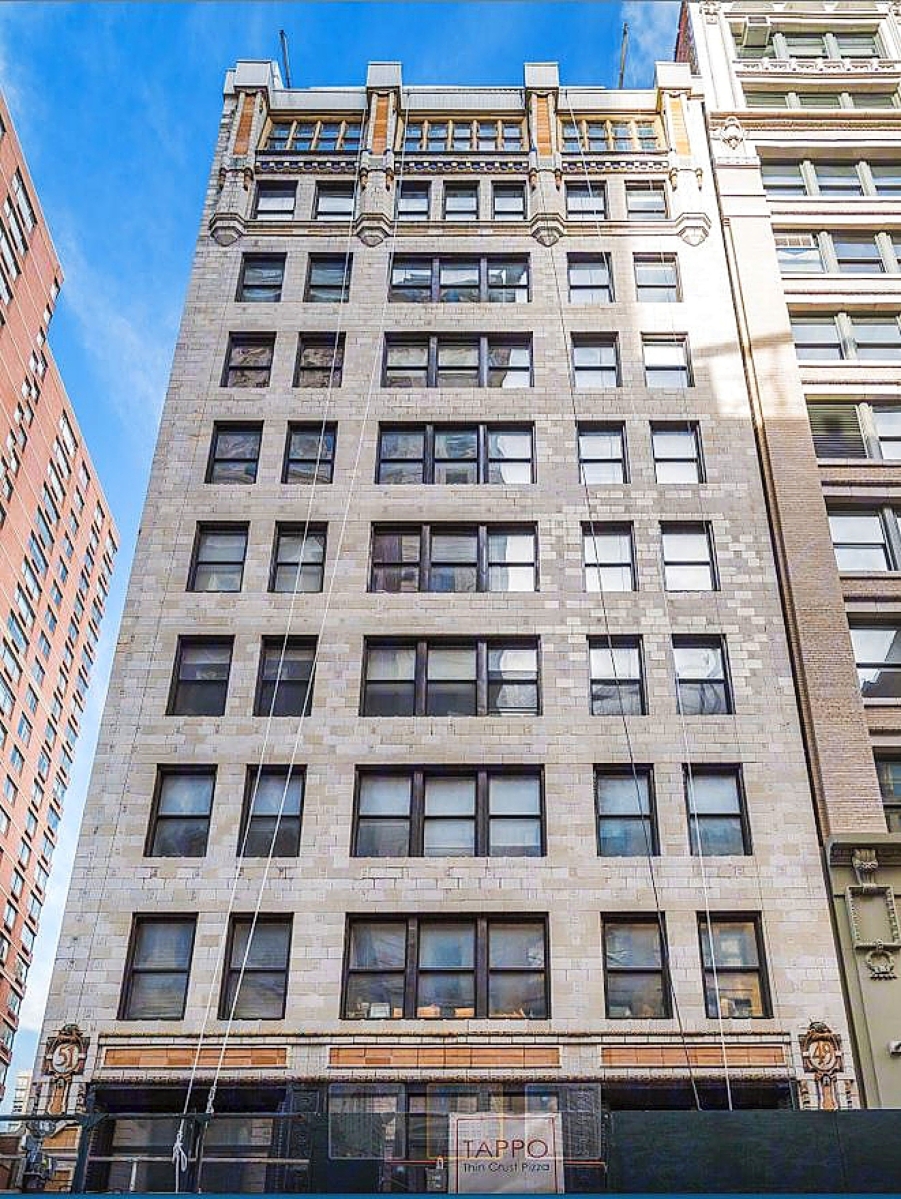
In mid-August, The Old Print Shop (TOPS) announced that it was relocating to 49 West 24th Street from its venerable location at 150 Lexington Avenue, which had been its home for 101 years. As one of this publication’s longest running advertisers – promoting their business regularly in Antiques and The Arts Weekly since at least 1980 – we wanted to not only help spread the word about the firm’s history in Manhattan but see what this move would portend for the company. Despite a busy moving schedule, Robert and Harry Newman were kind enough to take a break from sorting, packing and relocating not only the gallery’s inventory but what their father, Kenneth Newman, who they described to us as “a well known pack rat, saving everything from antique nails, to prints,” to indulge our questions.
Do you know – or can you speculate – why TOPS chose its location at 150 Lexington all those years ago? Where had it been initially?
To be honest we have no clue, we started in Wannamaker’s, moved out onto Fourth Avenue, at the time known as Bookmans Row, we found that around our involvement in World War I we moved to Sixth Avenue and 36th Street, then to 150 Lexington, it was newly renovated from a one-family home to business front and apartments.
What prompted the decision to move?
The neverending development of New York City. A developer had purchased a sizeable stake on the block, which would have left my little brownstone sandwiched between two larger buildings. After a lot of soul searching Harry and I decided it was better to sell and move, than stay and have the value of our building decreased as it would not be a developable lot. Today we are looking forward to writing a new chapter in The Old Print Shop’s history.
In discussing this interview initially, you mentioned some great items “discovered” after you’d forgotten you had them – can you tell us/our readers about some of those?
There are always discoveries when running a 124-year-old gallery that has been in the same location since 1921. We found a number of watercolors and drawings, we knew we had but forgot where they were put. More importantly [we] reimaged how to deal with a lot of illustrated books and a set of first edition Catlin Indians.
What can you tell us about the new space?
Our new home is in a 1909 building designed by the architectural firm of Stout & Hill who also designed what today is called “The Library Hotel” on Madison Avenue and 41st Street. The contractors and engineering firm was Thompson-Starret Company. The contractors were famous for building skyscrapers, and a few years after building 49 West 24th, they built the famed Woolworth Building.
The façade of 49 West 24th Street is terracotta tiles with two Vienna Succession inspired emblems on either side of the building noting the two addresses that were demolished to build the single building. The first two floors have a decorative cast iron ornamentation in a geometric design. To have interest in the middle seven floors, the architect chose variegated stone with the top floors again being terracotta.
For most of the Twentieth Century, the building housed businesses related to the garment industry. Today, it is a commercial mix of businesses, including a restaurant on the first floor, attorney and real estate offices, and, now an art gallery, on the second floor.

The new home of The Old Print Shop, at 49-51 West 24th Street, NYC. Courtesy Marketplace VTS.
What parts of the history and mystery of the Old Print Shop are you trying to retain in the new space?
The feel of the gallery; yes, a new space but moving over our old furniture and keeping (although new) the school house fixtures that have been a hallmark of the gallery. But the biggest is the inventory, we will continue to promote and support the American Eighteenth and Nineteenth Century art world, Twentieth Century fine art and old maps. We are looking to expand back into American sculpture and paintings.
Not to wax too nostalgic but what about the original building will each of you miss most?
It has been home for as long as anyone can remember, at first it was a very difficult decision to make, but in the end, it had to be made. We will miss this neighborhood and being on the ground floor.
In 100-plus years, I imagine there might have been some fundamental parts of the business that have evolved. Is that accurate or are things still done “pretty much the way you’ve always done things”?
Business is always evolving, when my grandfather purchased the business in 1928 he was primarily a print dealer, and dealing in late Nineteenth Century etchings, he converted the business to Americana, with a strong focus on Currier & Ives, Audubon, Town Views and Maritime art. In the late 1930s he became increasingly interested in Eighteenth-Nineteenth Century American paintings and became a major player in the American painting arena. Also during this time, he became interested in maps and mapmaking, in the late 1940s he began a 30-year adventure in American primitive art and was a major supplier to Abbey Aldrich Rockefeller, and Colonel [Edgar William] Garbisch. In the early 1980′, I pushed the gallery into early Twentieth Century master prints, and in the 1990s, pushed into the contemporary printmaking [field]. Today the gallery is well known for Eighteenth-Nineteenth Century American printmaking, old maps and atlases, Twentieth Century American master prints, and represents over 75 living artists.
How will your new location best serve this generation of the Old Print Shop? Does the move to new digs portend additional changes – minor or significant – for TOPS?
It will be seen how the new location works. We are all excited about the move. We want to expand on everything we do and push back into areas we once sold a lot of material in, including American paintings and sculpture.
Madelia Hickman Ring




